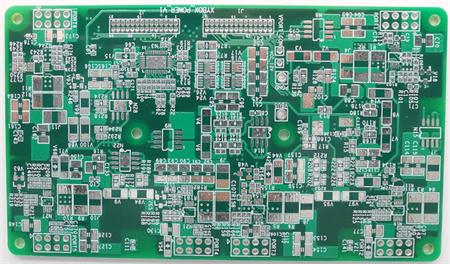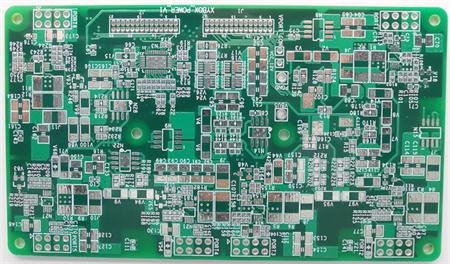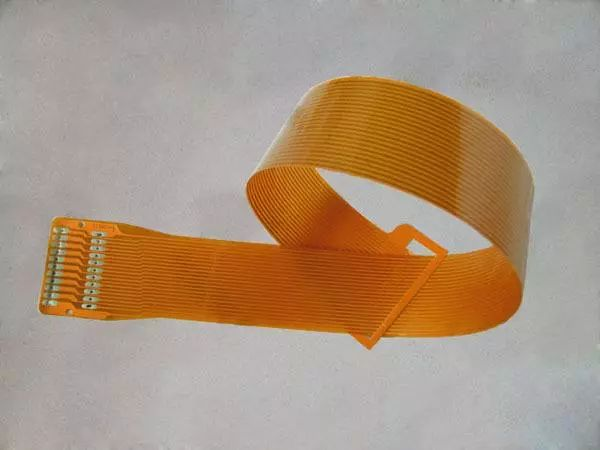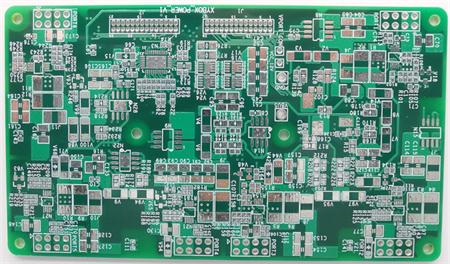
All electronic products should be used, and the market trend is almost the vane of the electronic industry. With the development of high-end and miniaturized electronic products such as mobile phones, laptops and PDAs, the demand for flexibility () is growing. PCB manufacturers are speeding up the development of thinner, lighter and denser types.

1、 Single layer FPC
The conductive pattern layer on the flexible insulating substrate is calendered copper foil. The insulating substrate can be polyimide, polyethylene terephthalate, aramid fiber ester and polyvinyl chloride. Single layer FPC can be divided into the following four sub categories:
1. Single side connection without covering layer
The wire pattern is on the insulating substrate, and there is no covering layer on the wire surface. Its interconnection is realized by tin welding, fusion welding or pressure welding, which is commonly used in early telephone sets.
2. Single side connection with covering layer
Compared with the former type, only a layer of covering layer is added on the surface of the conductor. The pad shall be exposed when covering, and it can be simply not covered in the end area. It is one of the most widely used single-sided soft PCBs in automotive instruments and electronic instruments.
3. Double sided connection without covering layer
The connection panel interface can be connected on the front and back of the wire. A passage hole can be opened on the insulating substrate at the bonding pad. This passage hole can be punched, etched or made by other mechanical methods on the required position of the insulating substrate.
4. Double sided connection with covering layer
At the difference of the former type, there is a covering layer on the surface with access holes, which allows both sides of the covering layer to be terminated, and the covering layer is still maintained, which is made of two layers of insulating materials and one layer of metal conductor.
2、 Double sided FPC
The double-sided FPC has a conductive pattern made of etching on both sides of the insulating base film, which increases the wiring density per unit area. The metallized hole connects the figures on both sides of the insulating material to form a conductive path to meet the design and use functions of flexibility. The covering film can protect the single and double sided wires and indicate the location of the components. As required, metallized holes and coatings are optional, and this type of FPC is rarely used.
3、 Multilayer FPC
Multilayer FPC refers to laminating three or more layers of single-sided or double-sided flexible circuits together, forming metallized holes by drilling and electroplating, and forming conductive paths between different layers. In this way, complex welding processes are not required. Multilayer circuits have huge functional differences in terms of higher reliability, better thermal conductivity and more convenient assembly performance.
Its advantages are light weight of the substrate film and excellent electrical properties, such as low dielectric constant. Multilayer flexible PCB board made of polyimide film is about 1/3 lighter than rigid epoxy glass cloth multilayer PCB board, but it loses the excellent flexibility of single-sided and double-sided flexible PCB. Most of these products do not require flexibility. Multilayer FPC can be further divided into the following types:
1. Finished flexible insulating substrate
This type is made on flexible insulating substrate, and the finished product is specified as flexible. This structure usually bonds the two ends of many single-sided or double-sided microstrip flexible PCBs together, but their center parts are not bonded together, so that they are highly flexible. In order to have high flexibility, a thin and suitable coating, such as polyimide, can be used on the conductor layer to replace a thick laminated coating.
2. Finished soft insulating substrate
This type is made on flexible insulating substrate, and the finished products can be flexed as specified. This kind of multilayer FPC is made of flexible insulating materials, such as polyimide film, laminated into multilayer boards, which lose their inherent flexibility after lamination.






